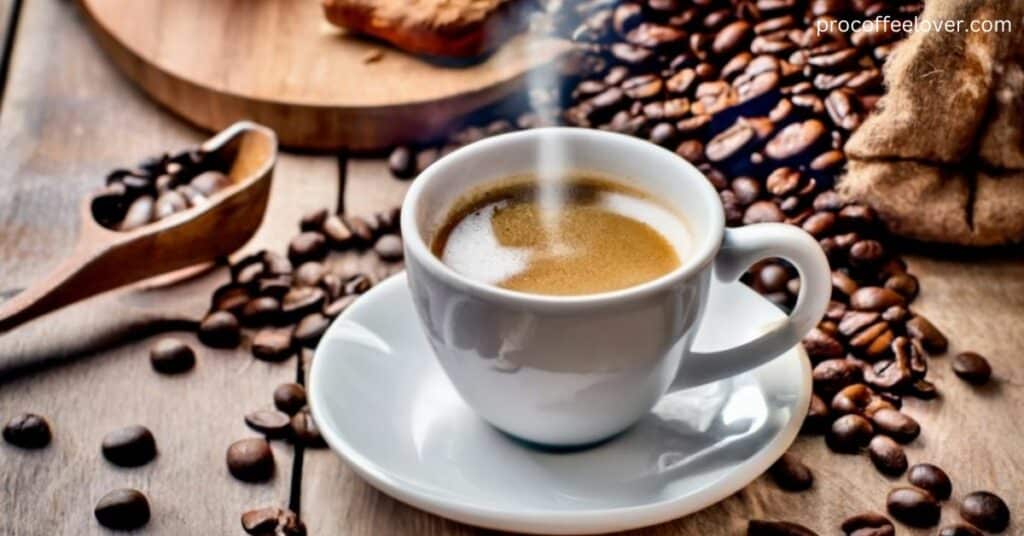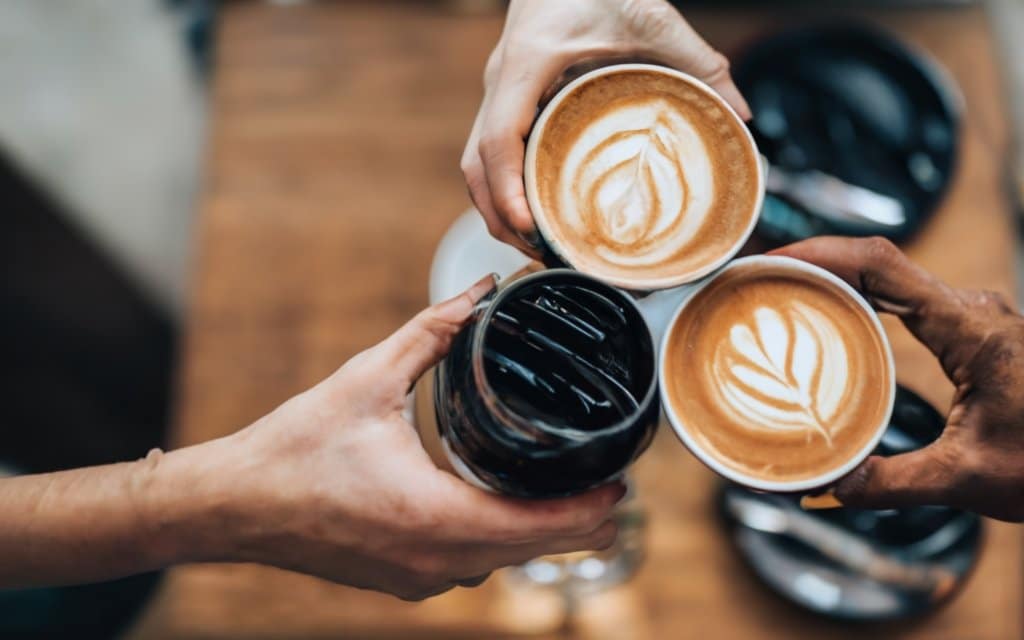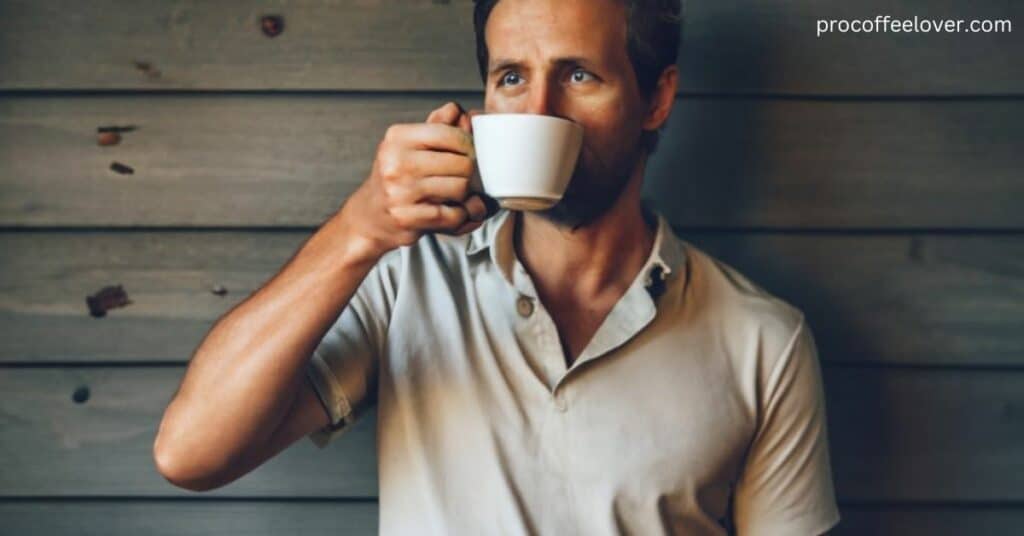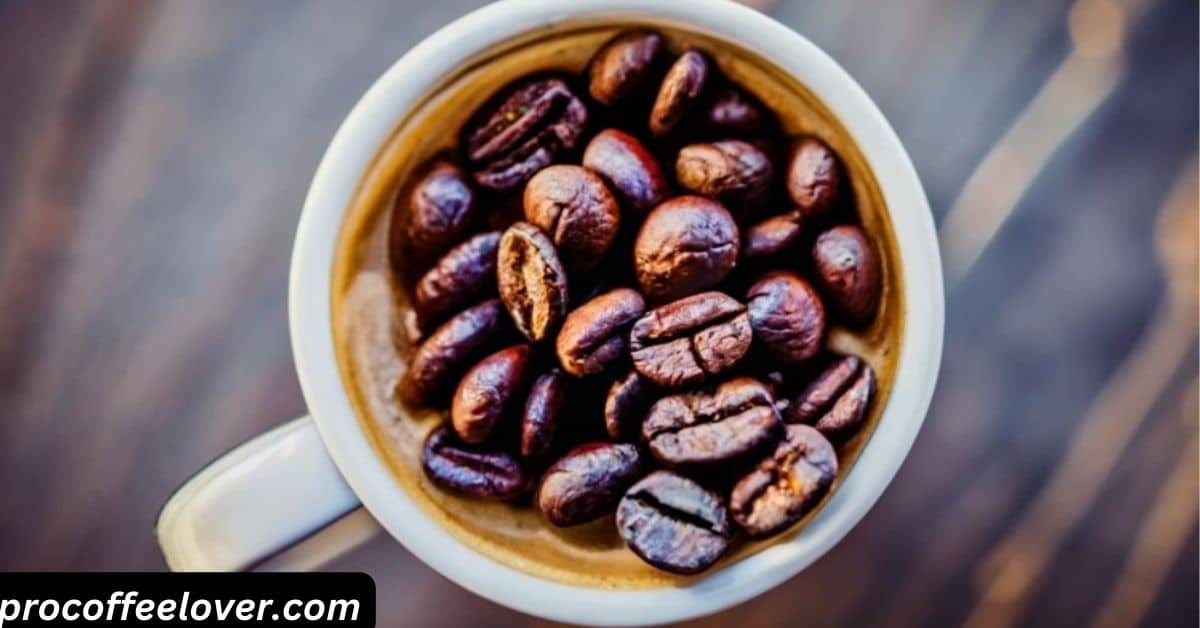Today we will discuss how many milligrams of caffeine in a cup of coffee?.Coffee is the most significant dietary source of caffeine. You’ll anticipate an urge for around 95 mg of caffeine from a regular glass of coffee.
For many of us, coffee is the stuff of life. But as effective as the refreshment is, there’s such a thing as overcompensating for it. Here’s what you wish to know: approximately how much caffeine is in a cup of coffee.
About 80 to 100 milligrams of caffeine are in an 8-ounce container of coffee. In any case, “caffeine substance in coffee can shift, depending on factors such as the sort of coffee beans, brewing strategy, and serving measure. Learning more about caffeine amounts can assist you in meeting client needs more closely.
It, too, makes a difference when you make more informed decisions as a proficient within the coffee industry. This article analyzes variables that determine caffeine substance, and we, too, share how much caffeine the most well-known coffee drink contains.
Factors that Affect Caffeine Content

Several factors affect the caffeine content of a cup of coffee. One of the most important factors is the type of coffee berry. Other factors that will affect the quantity of caffeine in a cup of coffee include:
Types Of coffee
Caffeine content can vary significantly between regularly brewed, espresso, instant, and decaf coffee. Arabica beans make up about 70% of the world’s coffee, providing a light and smooth taste.
They have lower caffeine quantities than robusta beans — Robusta coffee beans produce coffee with up to 60% more caffeine, which creates a definite and more robust flavor.
Roasting
Lighter roasts have more caffeine than darker roasts, although the darker roasts have a deeper flavor.
The Brewing Method
The brewing method refers to how coffee and caffeine are extracted from coffee beans through water. The warmer the water temperature, the higher the caffeine content.
The amount of ground coffee that an individual uses during the brewing process
Serving Size
“One cup of coffee” can range anywhere from 30–700 ml (1–24 oz), significantly affecting caffeine content. Most retailers sell coffee in several serving sizes, letting customers choose the quantity they have. Serving sizes can range from 1 to 24 ounces, affecting caffeine consumption.
Some brands also offer add-ons or additional espresso shots, impacting total caffeine amounts. The more customers personalize their drinks, the higher the caffeine content can become.
Grind Size
The grind size also affects caffeine content. A finer grind releases more caffeine into a drink, leading to higher concentrations than larger grind sizes.Also, see more about Can you heat up cold brewed coffee?
Drink type
Every brewing method processes caffeine differently, leading to varying contents. For instance, espresso shots have higher concentrations of caffeine than other types.
How Many Milligrams Of Caffeine In A Cup Of Coffee?
The amount of caffeine in a cup of coffee depends on a couple of factors, including grind size, water temperature, time, and brewing style, consistent with Megan Meyer, PhD, the Director of Science Communication at the International Food Information Council Foundation.
Lighter “blonde” roasts contain more caffeine than darker roasts, but darker roasts have a more robust flavor. The most important determinant of caffeine content is the coffee you’re drinking.
Brewed Coffee
Brewed, filtered, or regular coffee is the most ordinarily made coffee in Europe and, therefore, the US. Ground beans are brewed in a predicament and left to sit in a plastic, paper, or metal filter. The filter separates the grounds from the brewed coffee. One 8-oz serving size of brewed coffee can have between 70 and 140 mg of caffeine. The typical is 95 mg.
Espresso
Her Majesty, the espresso Small but mighty. Espresso is formed by forcing predicament or steam through finely ground coffee beans.
Espresso is measured differently than coffee: in 1 oz. shots rather than cups. It’s a tough drink because the caffeine concentration is so high.
Caffeine levels in espresso depend upon the preparation method.
- Single-shot — 29 to 100 mg (most commonly 75 mg)
- Double-shot: 58 to 185 mg (most widely 150 mg)
- Decaf single-shot — around 8 mg
- Decaf double-shot — around 16 mg
Instant Coffee
To make instant coffee, you would like to brew previously frozen or spray-dried coffee. Add predicament to the moment coffee powder or granules. Instant coffee has significantly less caffeine than regular coffee. One cup (8 oz) contains 30 to 90 mg. The typical caffeine content per serving is 62 mg.
Also,see more about can i drink room temperature coffee after tooth extraction
Decaf Coffee

Decaf coffee isn’t caffeine-free. The amounts of caffeine vary, but on average, an 8-ounce cup of coffee has between 0 and 7 mg per cup. The typical dose is around 2 mg of caffeine.
The level of caffeine in decaf coffee depends on the following:
- Decaffeination method
- Type of coffee
- Cup size
Here are a number of the most common sorts of decaf coffee and their corresponding caffeine content:
Folgers and Nescafe: 0 to 3 mg If you would like to limit your caffeine consumption, this is often the most straightforward option.
- Brewed decaf: 4 to 7 mg per 8 oz
- Brewed espresso — up to 16 mg per 1 oz shot
- Starbucks: 15 mg per 8-ounce cup
Cold Brew
Cold brew is different from iced coffee. Ice coffee means brewed coffee served over ice. But dregs are steeped in water at a temperature for 8 to 24 hours to form a chilly brew. The typical amount of caffeine in a 12-ounce cold brew cup is between 153 and 238 mg.
Turkish Coffee
Turkish coffee is often made up of quiet coffee. The wants are:
- The coffee beans must be finely ground.
It can only be brewed in pots called cezves or ibriks. The pool yields a maximum amount of foam. A Turkish coffee cup is around 2 oz, with 50 mg of caffeine.
French Press
French press coffee is comparatively low in caffeine because the grinds are so large. The tasks need to be significant, rather than coffee, and you’d have a cup filled with dregs. Coffee made with a French press has 80 to 135 mg of caffeine per 8 oz.
ARABICA vs. Rio Nunez coffee BEANS CAFFEINE

Robusta coffee beans are bitter and are usually utilized in less costly instant coffees and espressos, like Italian espresso. On the other hand, Arabica coffee beans are higher in acidity. They’re also softer and more complex.
A study from 2019 found that Robusta beans have twice the quantity of caffeine as Arabica. On average, Robusta contains 2.7% caffeine, whereas Arabica generally has 1.5%
Here is the proportion of caffeine both beans have, counting on species:
| Species and Variety | Caffeine Content |
| Arabica | Per 100 grams of unroasted beans |
| Mundo Nuvo | 1.11 |
| Typico | 1.05 |
| Catuai | 1.34 |
| Laurina | 0.62 |
| Robusta | |
| Robusta | >4 |
| Kouillon | 2.36 |
| Laurenti | 2.45 |
McDonald’s
McDonald’s sells coffee everywhere, often under its McCafe brand. However, despite being among the most essential nutrient chains that sell coffee, they need to standardize or calculate the quantity of caffeine in their coffee.
As an estimate, the caffeine content of their brewed coffee is about:
- Small (12 oz): 109 mg
- Medium (16 oz): 145 mg
- Large (21–24 oz): 180 mg
Their espresso contains 71 mg per serving, and decaf contains 8–14 mg, depending on the dimensions of the cup.
Conclusion
At last we learned how many milligrams of caffeine in a cup of coffee?. We hope this article has been valuable in making a difference in determining how much caffeine is in a container of coffee. Caffeine content shifts depending on the sort of coffee drink, but all coffee drinks contain caffeine, including decaf coffee.
Coffee consumers can harvest wellbeing benefits, counting more vitality, but ought to maintain a strategic distance from devouring as well as caffeine. Something else: you’ll encounter high blood pressure and insomnia.
